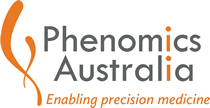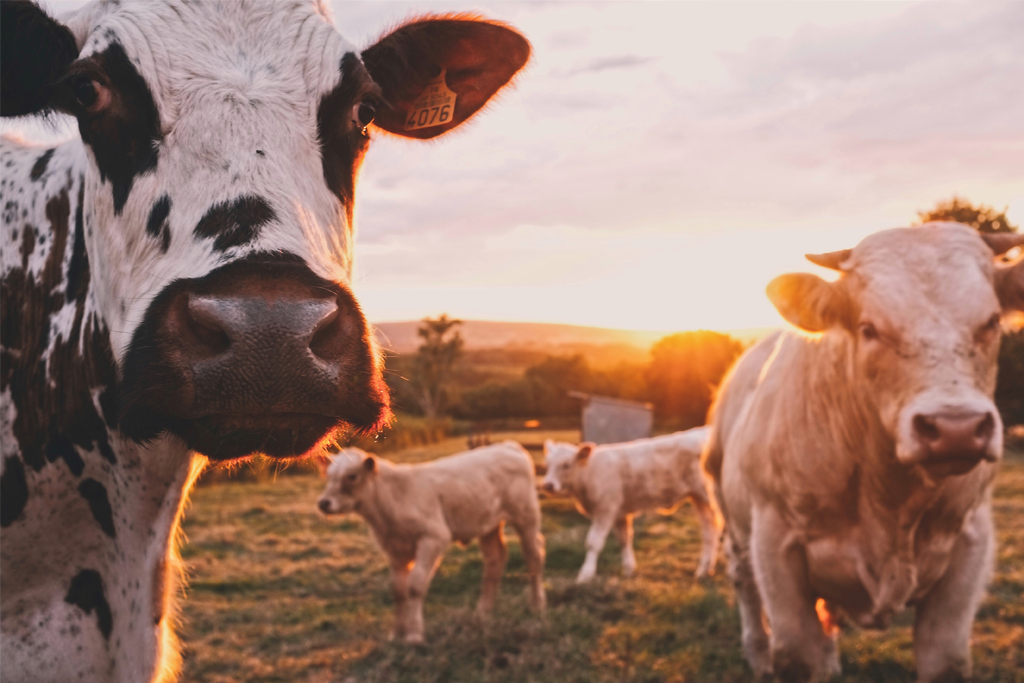A Phenomics Australia case study
Phenomics Australia NCRIS infrastructure and expertise are used in preventing mastitis in non-human mammalian subjects, such as dairy cows.
The challenge:
Mastitis (inflammation of the mammary gland or udder) is the single most costly disease in the dairy industry costing the US dairy industry about US$2 billion annually or 11% of the total US milk production.
The solution:
Patented method of reducing or shutting down lactation in a non-human mammalian subject by administering to the subject by intramammary infusion an agent which activates the OAS2 signalling pathway or which induces expression of OAS2.
The future:
The methods and reagents described on the patent may be useful for the prevention of mastitis in a non-human mammalian subject.
A collaborative work including several Phenomics Australia nodes: the Histopathology and Slide Scanning Service at the University of Melbourne (Pathology node), the Australian Phenomics Facility at the Australian National University, and the ES-Mouse Service at the Monash University in collaboration with the Garvan Institute has gained a USA patent useful for the prevention of mastitis in a non-human mammalian subject, such as a dairy cow.
Mastitis (inflammation of the mammary gland or udder) is the single most costly disease in the dairy industry, costing the US dairy industry about US$2 billion annually or 11% of the total US milk production. The cost includes reduced milk production, discarded milk, replacement cows, medication, labour, and veterinary services.
Predisposition to Bovine mastitis may be produced by several types of injury and physical trauma, chemical irritants, or inflammation associated with engorgement of the udder during weaning, and it quickly progresses due to bacterial intramammary infection as a result of the introduction of bacterial pathogens.
The patent relates to a method of reducing or shutting down lactation in a non-human mammalian subject by administering to the subject by intramammary infusion an agent which activates the OAS2 signalling pathway or which induces expression of OAS2. In some examples, the methods and reagents of the disclosure may be useful for the prevention of mastitis in a non-human mammalian subject.
‘ The Phenomics Australia Histopathology team was involved in detailed histopathological analysis of mice that had been designed to discover new genes involved in mammary gland development. A particular mouse strain showed a significant deficit in lactation in the immediate post-partum period. The analyses performed by the Histopathology team included a detailed histology report on over thirty organs, histopathology and neuropathology diagnoses and a digital image bank to provide researchers involved in the generating the mutant mice secure online access to large format, interrogable histological images for future reference. These specialist services were delivered by a team of experienced medical and veterinary pathologists, and mouse pathobiologists. ”

References:
Methods for reducing or shutting down lactation in non-human mammals and reagents therefor. Patent:
https://www.freepatentsonline.com/20200206254.pdf
A mutation in the viral sensor 2’-5’-oligoadenylate synthetase 2 causes failure of lactation: https://journals.plos.org/plosgenetics/article?id=10.1371/journal.pgen.1007072#ack
The Phenomics Australia Histopathology and Digital Slide Service is the only service of its kind in Australia and has provided support to over 150 Australian research teams across 30 biomedical research facilities for over a decade. Staff and consultant pathologists have the expertise and skills to provide a thorough morphological evaluation of variant or treated mouse strains. Standard operating protocols in anatomical pathology techniques have been developed to assist in validating mouse models of human disease and therefore current and future therapeutic opportunities.
Phenomics Australia Histopathology and Digital Slide Service helps researchers across Australia in analysing histology images and data on genetically modified or treated experimental animals. This service offers the latest in high quality capabilities including: Quality controlled mouse necropsies and tissue preparation, pathological analysis and scoring of tissues, digital slide scanner capable of producing high quality images, high resolution light microscopy with electronic image capture, specialised staining. Staff providing this service have extensive histology, diagnostic and electronic imaging experience. Consultant Medical and Veterinary Pathologists are available to provide expert advice. The Histopathology and Digital Slide Service is based at the Department of Anatomy and Physiology at the University of Melbourne.
The Australian Phenomics Facility specialises in the development, characterising and archiving of mouse models of human disease. They have an experienced genomics and bioinformatics capability focussed on the identification of single nucleotide polymorphisms and the phenotyping capability to make the biological associations with probable human disease traits. Their goals are to first derive the underlying genetic mechanisms and then look to extend this across the population and better understand cohort differences and responses. The facility was established in 2005 and receives funding from the Australian Government’s NCRIS, Super Science and CRIS programmes through the Phenomics Australia and contributions from the Australian National University. They have an open access policy and support academic and corporate research programmes in Australia and internationally.
With an established track record and reputation for excellence, Phenomics Australia Genome Engineering team uses techniques such as CRISPR-mediated mutagenesis, classical gene targeting, and transgenesis to create optimal tools for your research delivering a comprehensive service in genome modification. To meet the high demand for this platform, Phenomics Australia offers genome editing services through four nodes across Australia, operating at Monash, ANU, WEHI, and SAHMRI.







